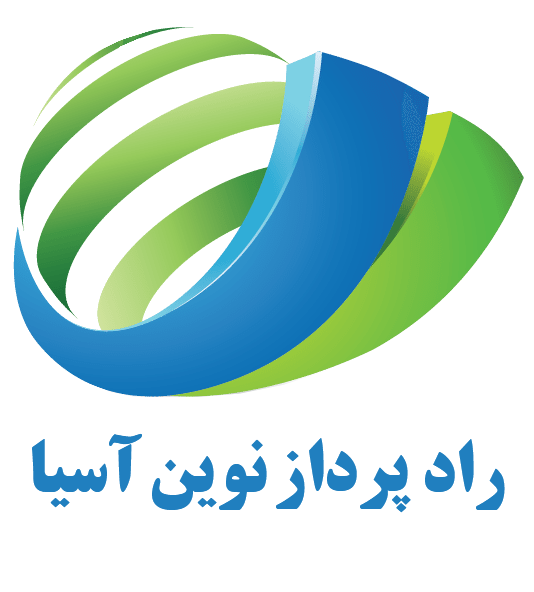Apart from the script and formal vocabulary, standard Hindi is mutually intelligible with standard Urdu, one other recognised register of Hindustani as each share a typical colloquial base. It shall be the responsibility of the Union to promote the spread of the Hindi language, to develop it so that it may serve as a medium of expression for all the weather of the composite culture of India and to secure its enrichment by assimilating without interfering with its genius, the varieties, style and expressions utilized in Hindustani and in the other languages of India specified in the Eighth Schedule, and by drawing, wherever vital or fascinating, for its vocabulary, primarily on Sanskrit and secondarily on different languages. The Arabic (and in addition Turkic) lexemes borrowed into Hindi continuously had been mediated by means of Persian, on account of which an intensive intertwining of Persian and Arabic components befell, as manifest by such phenomena as hybrid compounds and compound words. Both Hindi & Urdu share a core vocabulary of native Prakrit and Sanskrit-derived phrases.
Before the standardisation of Hindi on the Delhi dialect, varied dialects and languages of the Hindi belt attained prominence by way of literary standardisation, resembling Avadhi and Braj Bhasha. Delhi and the encompassing area, which came to replace earlier prestige dialects akin to Awadhi, Maithili and Braj. Prithviraj Raso within the Braj Bhasha of Braj, and the works of Amir Khusrow in the dialect of Delhi. Hindustani language, which itself relies totally on the Khariboli dialect of Delhi and neighbouring areas of North India. Indo-Aryan language spoken chiefly in the Hindi Belt area encompassing parts of northern, central, eastern, and western India. Outside India, several different languages are recognised formally as “Hindi” but do not discuss with the usual Hindi language described here and as an alternative descend from other dialects, equivalent to Awadhi and Bhojpuri. Conversational registers of Hindi/Urdu (to not talked about formal registers of Urdu) make use of giant numbers of Persian and Arabic loanwords, though in Sanskritized registers many of those phrases are replaced by tatsama forms from Sanskrit. Hindi has naturally inherited a large portion of its vocabulary from Śaurasenī Prākṛt, within the form of tadbhava phrases. Like different Indo-Aryan languages, Hindi is a direct descendant of an early type of Vedic Sanskrit, through Sauraseni Prakrit and Śauraseni Apabhraṃśa (from Sanskrit apabhraṃśa “corrupt”), which emerged in the seventh century CE.
Modern Hindi and its literary tradition advanced in the direction of the tip of the 18th century. In response to the Constitution of South Africa, the Pan South African Language Board should promote and ensure respect for Hindi along with other languages. Hindi is a protected language in South Africa. In the twentieth century, Hindi literature noticed a romantic upsurge. Early Hindi literature happened in the 12th and 13th centuries CE. In 1954, the government of India set up a committee to organize a grammar of Hindi; The committee’s report was launched in 1958 as A Basic Grammar of Modern Hindi. Examples are क़िला qila “fort” from Persian, कमेटी kameṭī from English committee and साबुन sābun “soap” from Arabic. Hindu and Muslim cultures, the Sanskrit and Prakrit base of Old Hindi turned enriched with loanwords from Persian, evolving into the present form of Hindustani. 2) Notwithstanding something in clause (1), for a interval of fifteen years from the graduation of this Constitution, the English language shall proceed for use for all of the official purposes of the Union for which it was being used instantly before such graduation: Provided that the President might, in the course of the said period, by order authorise the use of the Hindi language along with the English language and of the Devanagari type of numerals along with the international type of Indian numerals for any of the official functions of the Union.
Devanagari script, by the Central Hindi Directorate of the Ministry of Education and Culture to bring about uniformity in writing, to improve the form of some Devanagari characters, and introducing diacritics to precise sounds from other languages. The terms “Hindi” and “Hindu” trace again to Old Persian which derived these names from the Sanskrit name Sindhu (सिन्धु ), referring to the river Indus. The Greek cognates of the same terms are “Indus” (for the river) and “India” (for the land of the river). Enjoy your new life in school of lust free; https://www.Thegameyard.com,, make new associates, and educate your self at the identical time. It would not take long for the boy to find out that Harfort is an all-women faculty, and he’s the first boy to attend. A boy genius will get mysteriously transferred to the prestige college, Harfort. You play for an excellent boy who’s mysteriously transferred to a prestigious college called Harfort, where solely the brightest and most exclusive college students research. A college where solely the brightest and most exclusive college students are blessed to review. You click on the save information and open the varsity colours file.

Leave A Comment